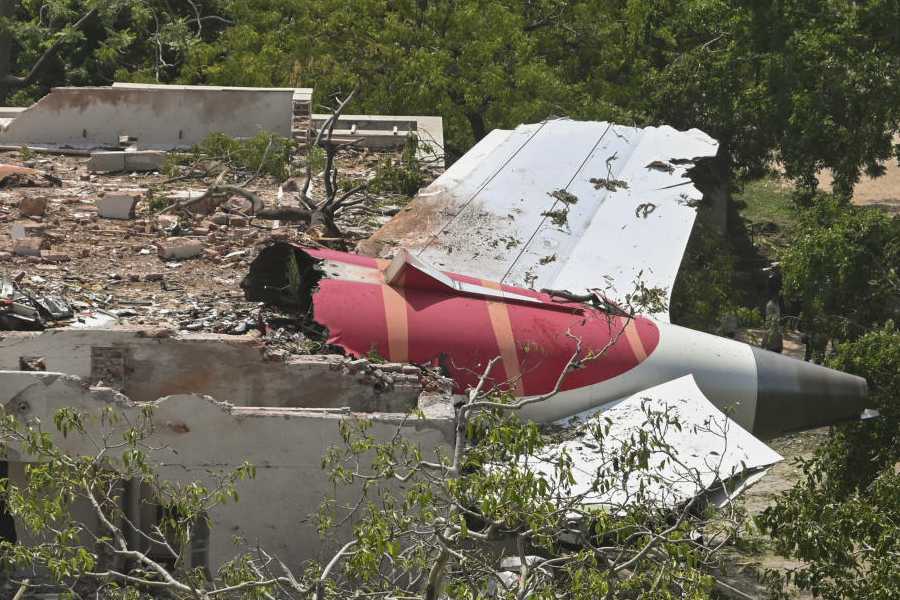 |
| Broken link: A wooden bridge damaged in the recent floods at Mayang in Morigaon district. Picture by UB Photos |
Guwahati, July 10: Kaziranga National Park authorities today said the death of around 600 animals in the floods was no threat to the park as the population of the various species was still strong.
“There is no threat to the park as the population of various species affected is still strong,” D.D. Gogoi, divisional forest officer, Eastern Assam Wildlife Division, told The Telegraph.
A status report sent to the ministry of environment and forests by M. Firoz Ahmed, member, National Tiger Conservation Authority, states that 595 animals have perished in the floods in the park so far.
Kaziranga had suffered the highest casualty in 1988 with the death of 1,203 animals and the second highest a decade later in 1998 with the death of 652 animals.
This year, hog deer have suffered the highest mortality rate of 512 in Kaziranga. According to the NTCA status report, Kaziranga has around 40,000 hog deer, which are uniformly distributed in the park.
“They live in open grasslands and probably cannot swim for a long time like the sambar and swamp deer,” Rathin Barman of Wildlife Trust of India, who has been involved in rescue operations in Kaziranga, said. He added that the animal mortality in Kaziranga was not a big loss as far as numbers were concerned.
“With better habitat management, the loss can be reclaimed,” he added.
According to the NTCA status report, most of the dead rhinos were from the older age group while some calves also died. Three of them were poached.
Kaziranga’s rhino population is 2,290 and the growth of the species has been good. In fact, one of the primary aims of Indian Rhino Vision 2020 is to disperse the population to different parks as concentrating so many rhinos in a single protected area exposes the species to risks of calamities such as epidemics, floods and poaching.
Gogoi cited rapid rise in floodwaters, which the animals were not able to adjust to, as one of the reasons for the huge death toll. “We have tried our best and have rescued as many animals as we could,” he added.
The report also highlights the need to relieve the animal corridor areas from human pressure and to avoid change in land-use pattern.
The park management has informed the ministry of the various steps taken to protect wildlife. Forest staff from Kaziranga and adjacent Karbi Anglong wildlife sanctuary is patrolling the highway 24x7. Barriers, artificial mounds and bunds have been created at various places to safeguard the animals from drowning in floodwaters. Besides, they are using boats to rescue the animals.
A team from the NTCA is expected to visit Kaziranga soon to review the losses suffered and suggest measures to the state government. It is expected to recommend inclusion of Karbi Anglong wildlife sanctuary in the Kaziranga tiger reserve to enable adequate protection of animals with central assistance.










